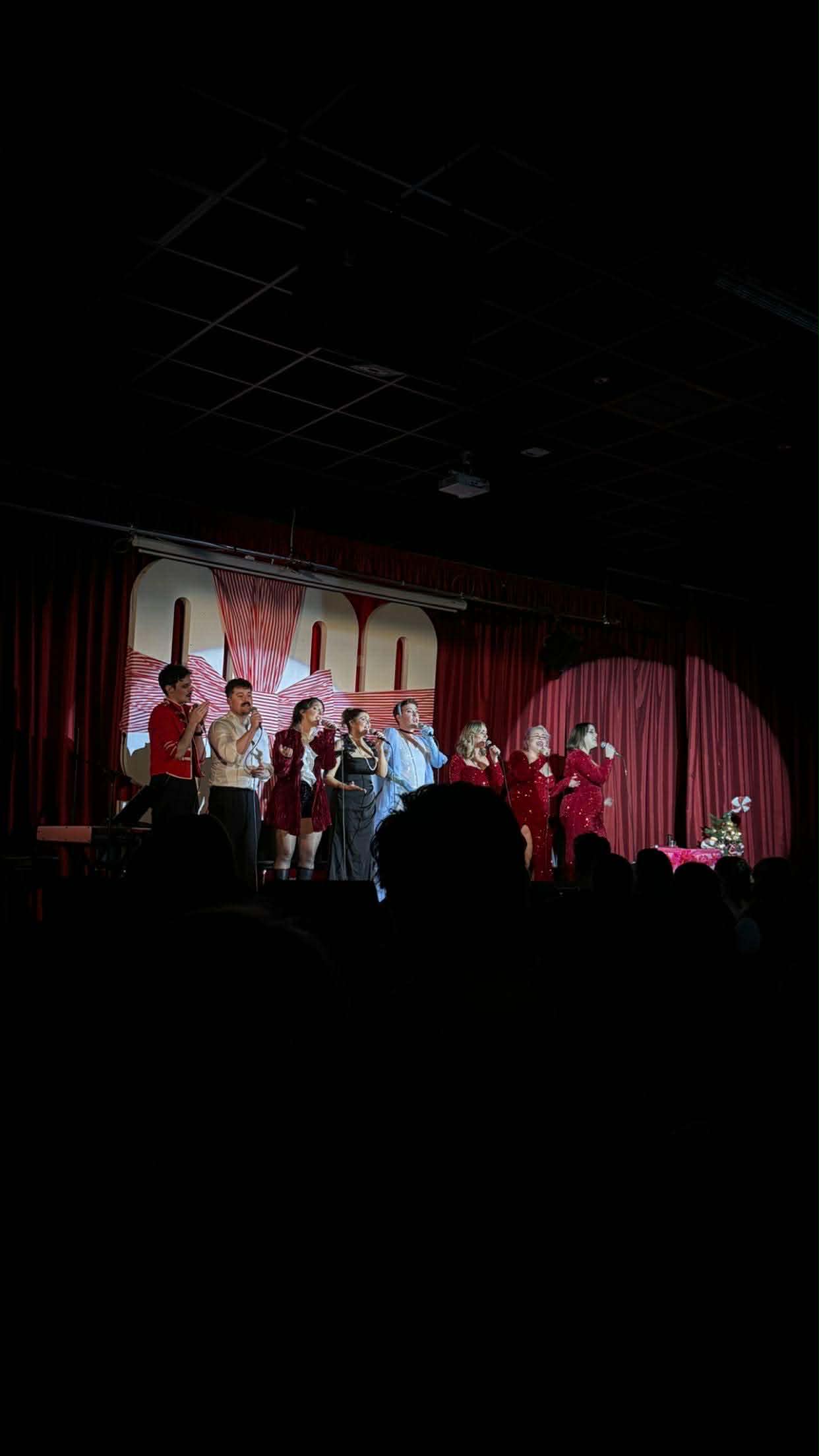By Rowan Davies
ÔÿàÔÿàÔÿàÔÿàÔÿà
Where the f*** am I? The first spoken line from Pablo Larra├¡n’s Spencer, and the first sentence I muttered to myself as the credits rolled. Every detail from cinematography to score was meticulously choreographed which, ultimately, crafted a beautifully sombre portrait of the people’s princess.
As the camera casts a bird’s eye shot over an aesthetically depressing Sandringham Estate, Diana’s desire to be present for yuletide celebrations is absent. Taking place over a three-day Christmas period (Christmas Eve to Boxing Day), Kristen Stewart portrays an eerily convincing Diana during a time where internal insecurities and personal matters must be brushed aside for the benefit of royal festivities. Categorised as ÔÇÿa fable from a true tragedy’, Larra├¡n’s directing, complemented with the writing talents of Steven Knight, smoothly guides us through a significant period of time that has become progressively invisible to the knowledge of those existing outside of royal territory.
What Spencer achieves in its reimagining of Diana during the early nineties is the succession of drawing all attention away from the remainder of the royal family, instead placing a woman who is isolated and psychologically fragmented at the centre of the story. It is a story that very much recognises different significant aspects of this particular part of Diana’s life. The sense of absolute detestation between Kristen Stewart’s character and her husband, heir to the throne Prince Charles, portrayed by Jack Farthing, and her disconnect from the royal family has a uniquely profound presence even prior to their introductions in the film; offering the impression that this tension has been ignored for quite some time. Though Diana makes an absolute effort to communicate with her peers and maintain some normality for the comfort of her children, she is evidently trapped and desperate to flee. Although, their failing marriage is not the focus of the narrative in contrast to other narrow, mediated depictions.
There is one predominant aspect of Diana’s character, however, that holds her back from being able to compose herself for royal protocol. In the very first shot, the audience is welcomed by the arrival of large trucks transporting crates of what we’d assume to be instruments for military use, eventually revealed to be food for the Christmas celebrations. It is common knowledge that during her marriage to Prince Charles, Diana did suffer from a severe eating disorder which Larra├¡n does not shy away from graphically presenting to his audience; doing so by almost weaponising the presentation and presence of food. Though visually explicit, these scenes that place Diana up against her worst enemy are, ironically, some of the most poetic cinematic emblems used in the film. Larra├¡n’s approach to conveying this struggle is highly respectful, offering moments that fuel empathy through heart-breaking allusions, displaying the reality of a sufferer’s relationship with food.
In turn, the film is a spectral but delightful internal journey of Diana’s self-discovery that possesses a striking parallel to the life and fate of Anne Boleyn, who in Spencer serves as an ethereal subconscious to the people’s princess. Ironically and sorrowfully, her ghost is one of Diana’s only hopes- guiding her toward her deepest desire: freedom. As Kristen Stewart finally tears off her necklace and watches the pearls cascade viciously, she is finally at ease. She doesn’t crack up but finds a place of comfort, removing herself from a restricting entity and reclaiming her right to motherhood, whisking her young sons away hand in hand to liberty.
Spencer is in theatres now.


